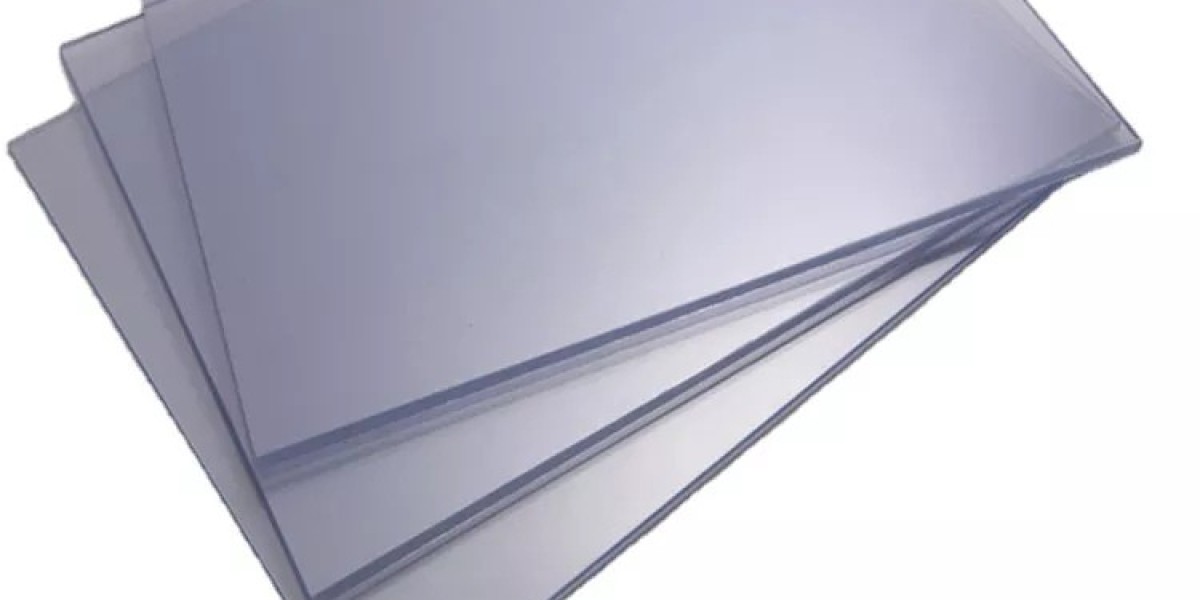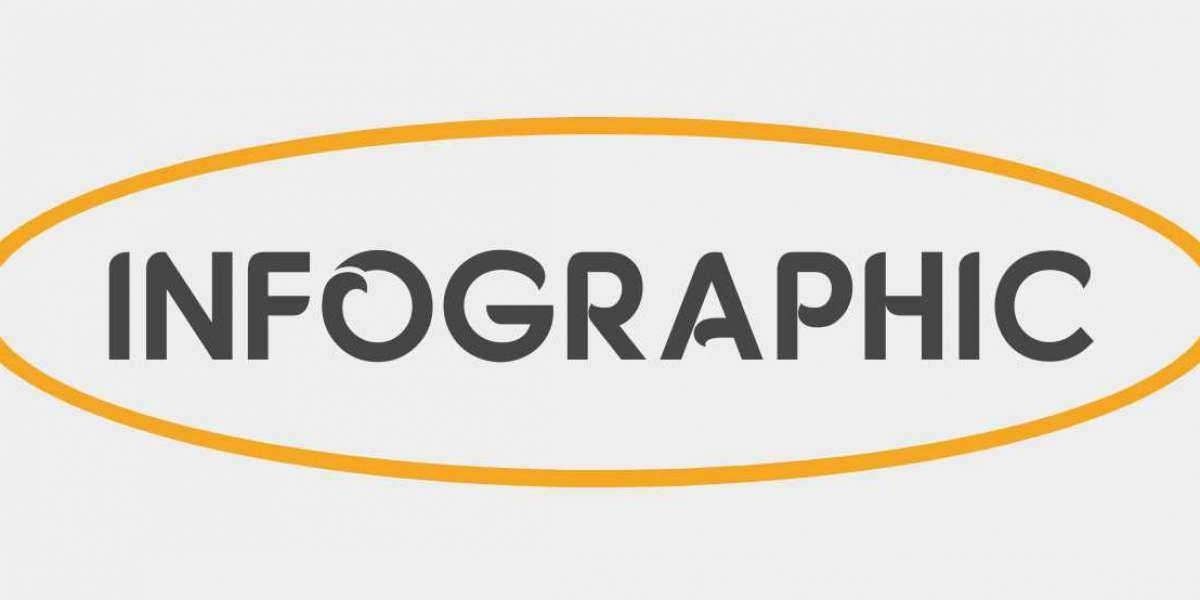Understanding Vacuum Forming
Vacuum forming is a manufacturing process that involves heating a thermoplastic sheet until it becomes pliable and then using a vacuum to shape it over a mold. This method allows for the creation of lightweight, durable components with complex geometries. The molds used in vacuum forming can be constructed from a variety of materials, including wood, aluminum, and silicone, enabling designers to produce prototypes that closely mimic final products.
The Advantages of Vacuum Form Sheets
Versatility: Vacuum form sheets can be used for a wide range of applications. From automotive parts to consumer products, the adaptability of these sheets makes them especially valuable during the prototyping stage. Designers can quickly create samples that allow for testing and refinement of their ideas.
Cost-Effectiveness: Traditional manufacturing processes often require significant time and investment in tooling. In contrast, using Vacuum forming machine plastic sheets often reduces costs associated with prototyping. Directly shaping the material onto a mold eliminates the need for costly injection molds, making it an attractive option for startups or smaller companies.
Speed of Production: Prototyping with Thermoplastic sheets for vacuum forming significantly accelerates the development timeline. The heating and forming process can be completed in a matter of hours rather than days, allowing designers to rapidly iterate on their designs.
Design Freedom: Vacuum forming enables the creation of complex shapes and contours that might be difficult or impossible to achieve with other methods. This capability gives designers the flexibility to innovate without being limited by manufacturing constraints.
Types of Thermoplastic Sheets for Vacuum Forming
Not all thermoplastic sheets are created equal, and selecting the right type can significantly impact the success of a project. Here are some popular options:
Acrylic (PMMA): Known for its clarity and impact resistance, acrylic sheets are often utilized for visual prototypes or applications where aesthetics matter. They can be easily fabricated and are available in various colors.
Polycarbonate: This material is known for its incredible strength and heat resistance, making it suitable for prototypes that will undergo stress testing. Its toughness makes it an excellent choice for components meant to endure wear and tear.
ABS: Acrylonitrile Butadiene Styrene (ABS) is a versatile thermoplastic that offers excellent toughness and surface finish. It is often used for prototypes that require structural integrity and aesthetic appeal.
PETG: This glycol-modified version of PET combines the best features of both acrylic and polycarbonate. It provides clarity, strength, and ease of fabrication, making it a favorite among designers.
Choosing the right Thermoplastic sheets for vacuum forming can enhance the overall quality of the prototype and ensure that it functions as intended once it reaches the end-user.
The Role of Vacuum Forming Machines
Vacuum forming machines are integral to the successful application of vacuum forming technology. The machines operate by heating the thermoplastic sheet until it becomes malleable, then placing it over the mold. As a vacuum is applied, the force pulls the sheet tightly against the mold, allowing it to take shape.
Modern vacuum forming machines come with various features, including programmable settings that allow for precise temperature control and heating cycles. This level of control ensures consistent results, a crucial factor in producing high-quality prototypes.
Sustainability in Prototyping with Vacuum Form Sheets
With increasing awareness of environmental impacts, sustainability has become a significant consideration in product design. Vacuum form plastic sheets can be a more environmentally friendly option compared to other forms of manufacturing. Many thermoplastic materials are recyclable, allowing designers to reduce waste and minimize their carbon footprint.
Additionally, the efficiency of the vacuum forming process means less energy is typically consumed compared to traditional methods. As companies strive to incorporate sustainable practices into their operations, using Vacuum form sheets can be a step in the right direction.
Challenges and Considerations
While vacuum forming offers numerous benefits, it is not without its challenges. One critical consideration is ensuring the design is suitable for the vacuum forming process. Features such as undercuts or very deep draws can complicate the forming process, leading to defects in the finished product. Prototyping helps designers identify potential issues early in the development cycle, allowing for adjustments to be made before full-scale production begins.
Additionally, the precision required for creating molds is another factor to consider. While handmade or 3D-printed molds can be a viable option for initial prototypes, investing in higher-quality molds can significantly improve the final product’s accuracy and finish.
Conclusion
Vacuum form plastic sheets represent a powerful resource in the toolkit of designers and manufacturers. Their versatility, cost-effectiveness, and speed make them an ideal choice for prototyping, enabling considerations of form, function, and aesthetic appeal to be explored thoroughly. As industries continue to evolve and seek innovative solutions for product development, vacuum forming will undoubtedly remain a go-to material and method in the design and manufacturing landscape. By leveraging the capabilities of thermoplastic sheets for vacuum forming, businesses can enhance their competitive edge and bring their visionary ideas to life with efficiency and precision.
Frequently Asked Questions (FAQs)
Is vacuum forming environmentally friendly?
Vacuum forming can involve the use of recyclable thermoplastic materials, making it a more eco-friendly option compared to some traditional manufacturing methods. Additionally, the process creates less waste by using precisely sized sheets.
How do I choose the right vacuum forming machine for my needs?
When choosing a vacuum forming machine, consider factors such as the size of the sheets you’ll be working with, the complexity of the molds, heating methods, and production speed. It's essential to match the machine capabilities with your prototyping or production requirements.
Can vacuum form sheets be painted or finished after forming?
Yes, vacuum form sheets can be painted, printed, or fitted with additional elements post-formation. Selecting compatible finishings for the specific thermoplastic used will yield the best results in terms of adhesion and durability.








